8 Common Animals With Excellent Night Vision
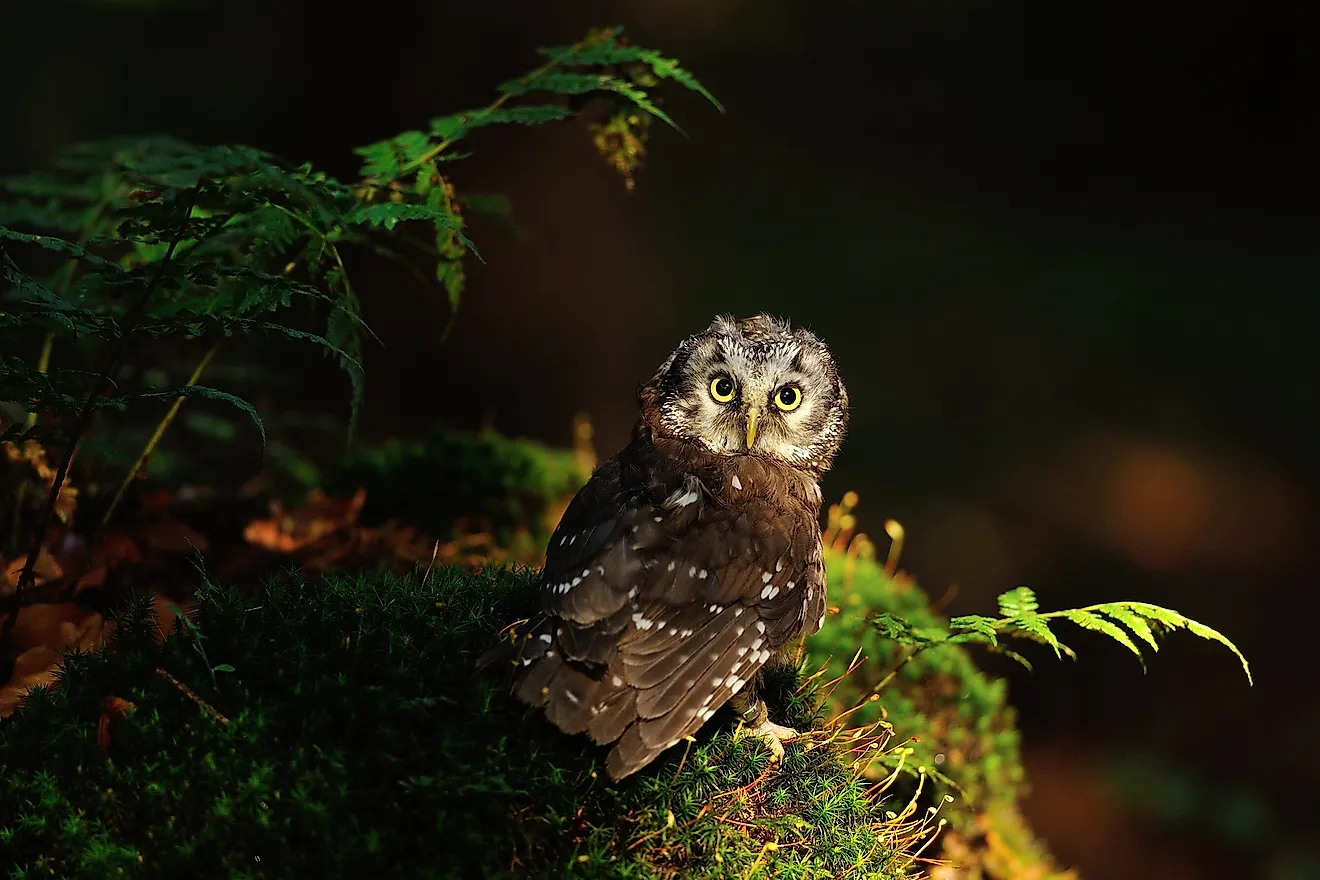
- Frogs can see in color in the dark.
- Foxes are nocturnal.
- Deer are crepuscular animals.
Nocturnal animals are those who hunt and roam at night, and generally sleep their daylight hours away. Because these animals often go after their prey or find sources of food at night, after the sun has long set beyond the waning hills, it is imperative that they have a superior ability to see in the dark.
Some of these animals are usually found in the forest or fields, but others can be easily seen in cities at night time. Here is a list of eight animals that can definitely see better than you or I, once the night falls.
8. Raccoon
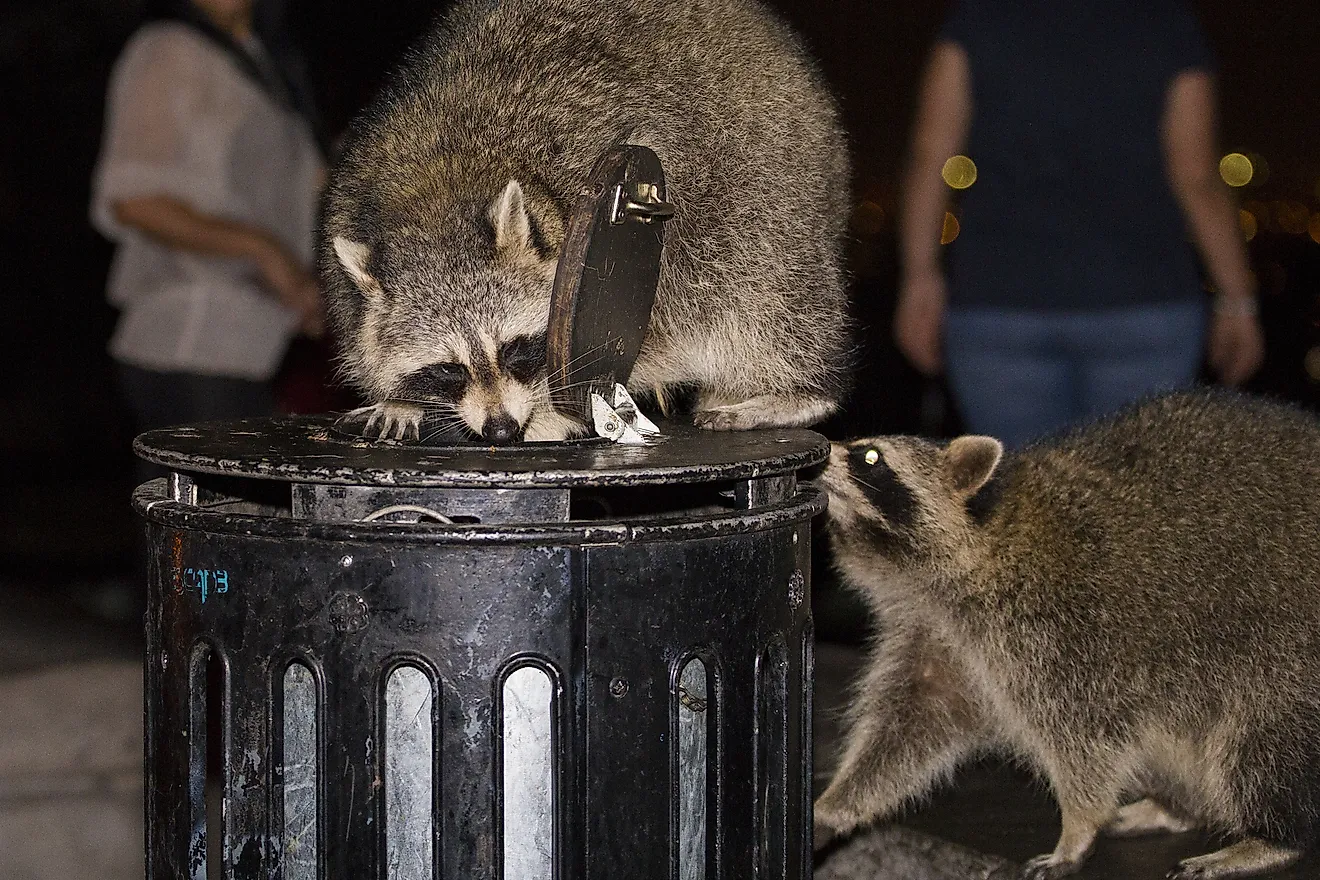
Raccoons are fiesty things. They are best known for invading your campsite, tossing over the garbage can in the driveway and leaving an enormous mess while generally wreaking havoc in urban neighborhoods after dark. They do this because they seek out their meals at night. Raccoons have superb night vision that allows them to creep easily through abandoned alleyways and underneath your front porch.
When you look at a racoon in the night, you can often see their eyes glowing. This is a reflective layer on their eyes that magnifies objects in front of them. The only drawback to a racoon’s sight is that it is not so good when considering distances.
Up close, however, and in the dark, it gets five stars.
7. Red Foxes
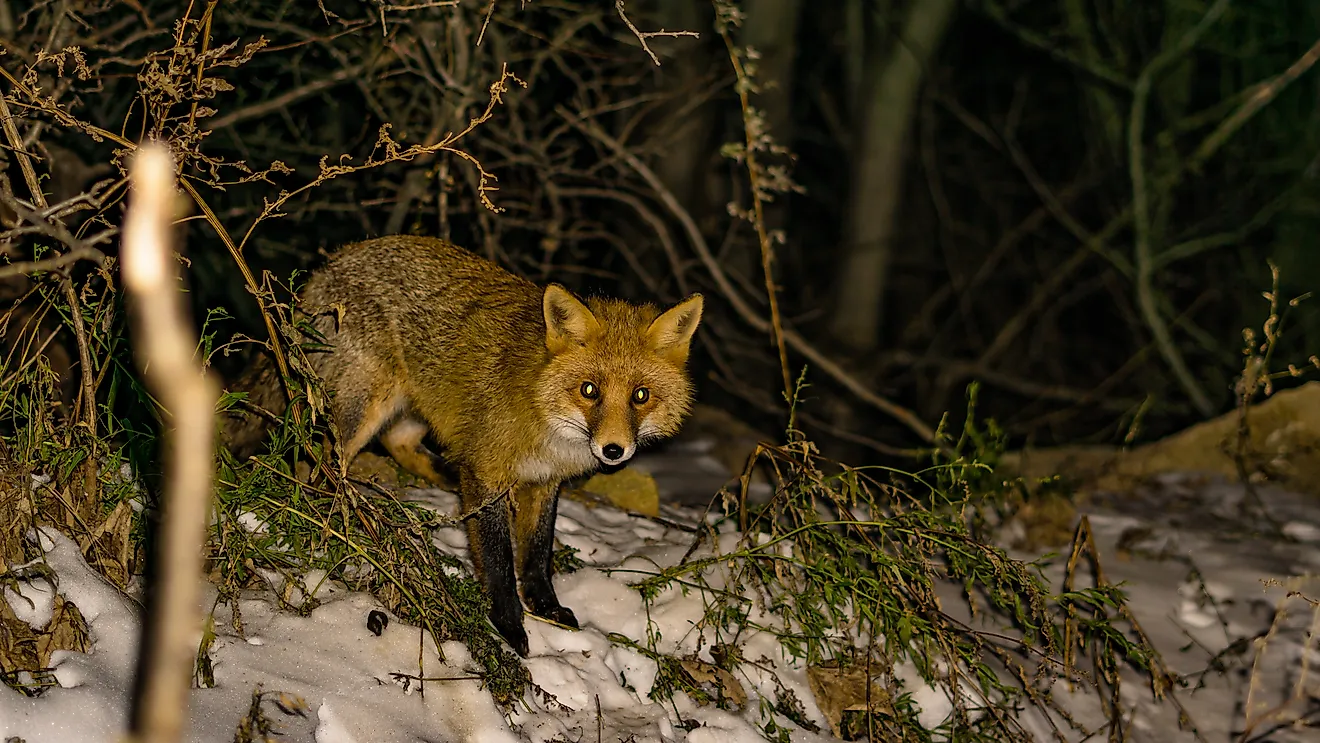
Red foxes also hunt at night and are so versatile, they can live in both the countryside and very urban areas. Red foxes love to pounce on unsuspecting rabbits, squirrels, birds and other small rodents. They are even known to crunch into crickets and caterpillars, as well as other insects and even fish.
In order to catch their prey when prowling after dark, red foxes must use their incredible night vision. The foxe’s eyes have a layer that reflects the light back into the eyeballs, magnifying their vision to be twice as strong.
6. Owls
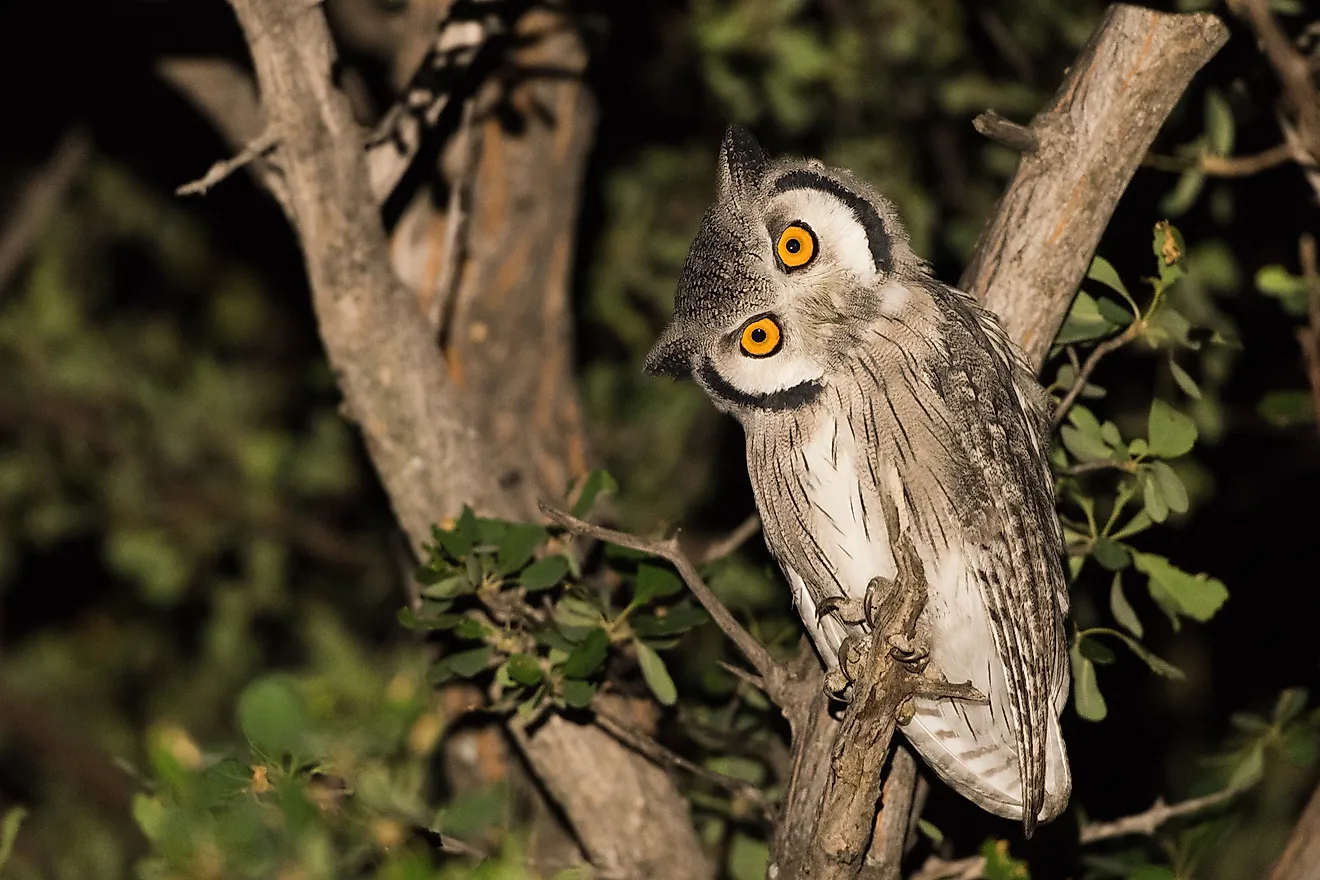
Owls are infamous for being phenomenal predators. Not only can they turn their heads almost a full 360 degrees but they also have enormous eyes that allow a lot of light in, allowing them to catch unsuspecting fish, reptiles, insects, spiders, mice, and many other small mammals.
Just as many other of the other creatures on this list do, owls have the same reflecting layer in their eyes called a tapetum lucidum. This gives them superior eyesight in the dark.
5. American Cockroach
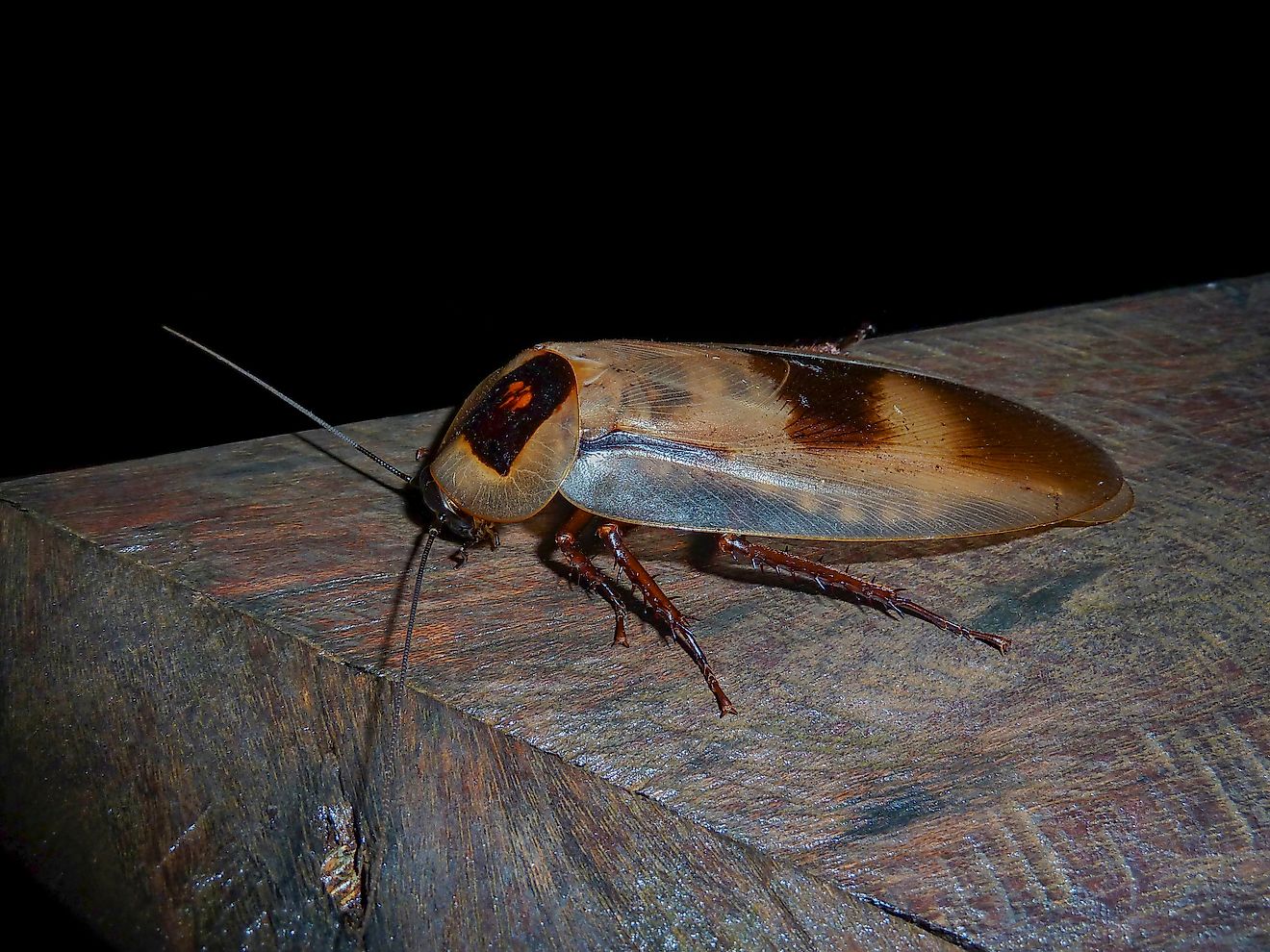
Cockroaches are pretty amazing living things. It is estimated that they have been living on Earth since the Carboniferous period which was about 320 million years ago. Talk about some wild family history!
You might not think of cockroaches when it comes to great eyesight, but they do well in the dark. These insects have a unique system in place for seeing without light. Instead of reflecting the available light to enhance it, cockroaches absorb whatever light is available very slowly, at approximately one photon per ten seconds.
Roaches see things in time-lapsed composite images when it gets too dark. They take in bits of light over a longer period of time and then form an image based on this “time-lapsed photo”.
4. Porcupines
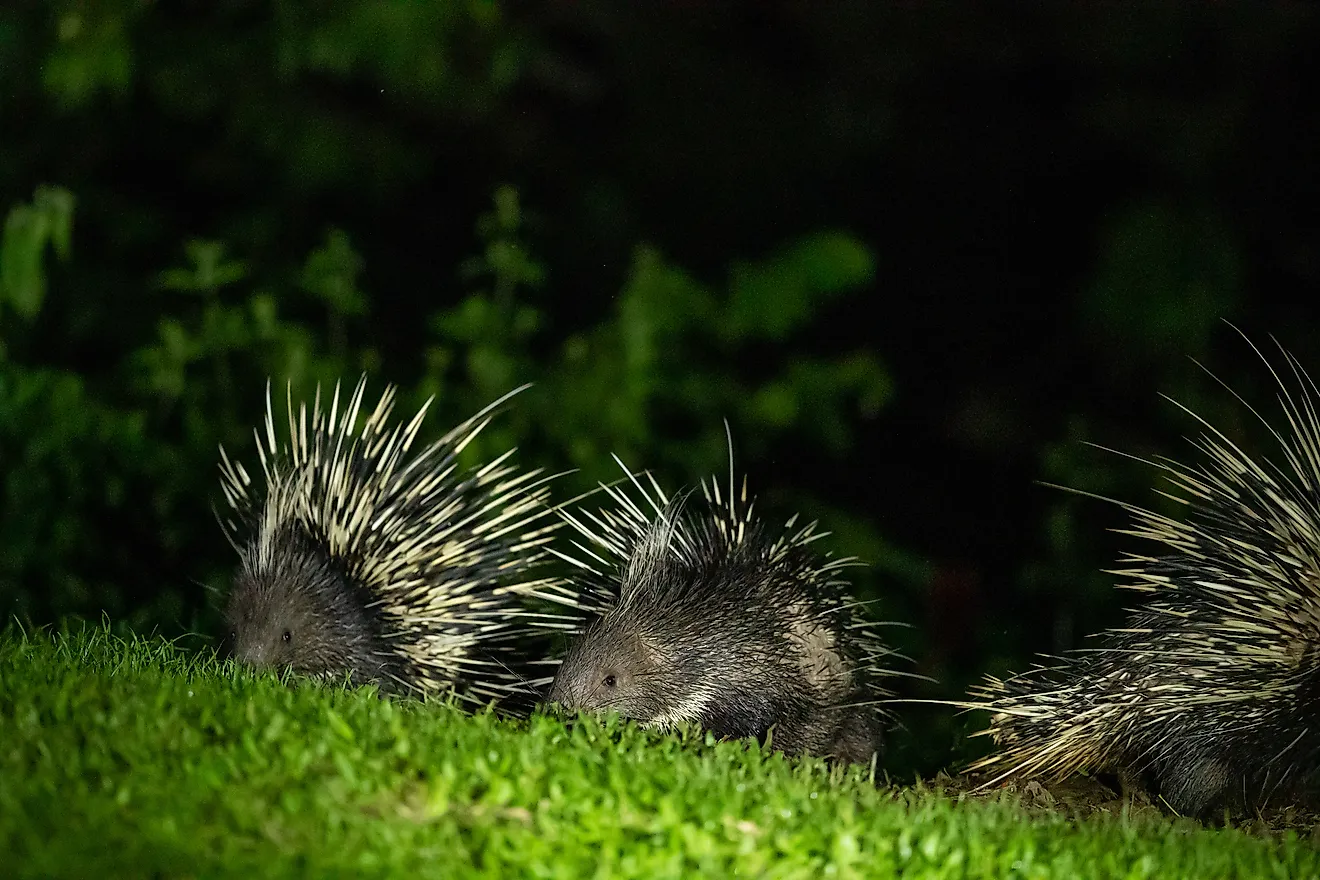
These prickly quill lovers are also nocturnal animals. Porcupines forage for their food in the nearby forest at night and sleep the day away in hiding, in hollow trees and underground burrows. Porcupines love to chow down on the inner bark of trees during the winter time and they change their diet with the seasons, always eating strict vegetarian fare as herbivores.
3. Frogs
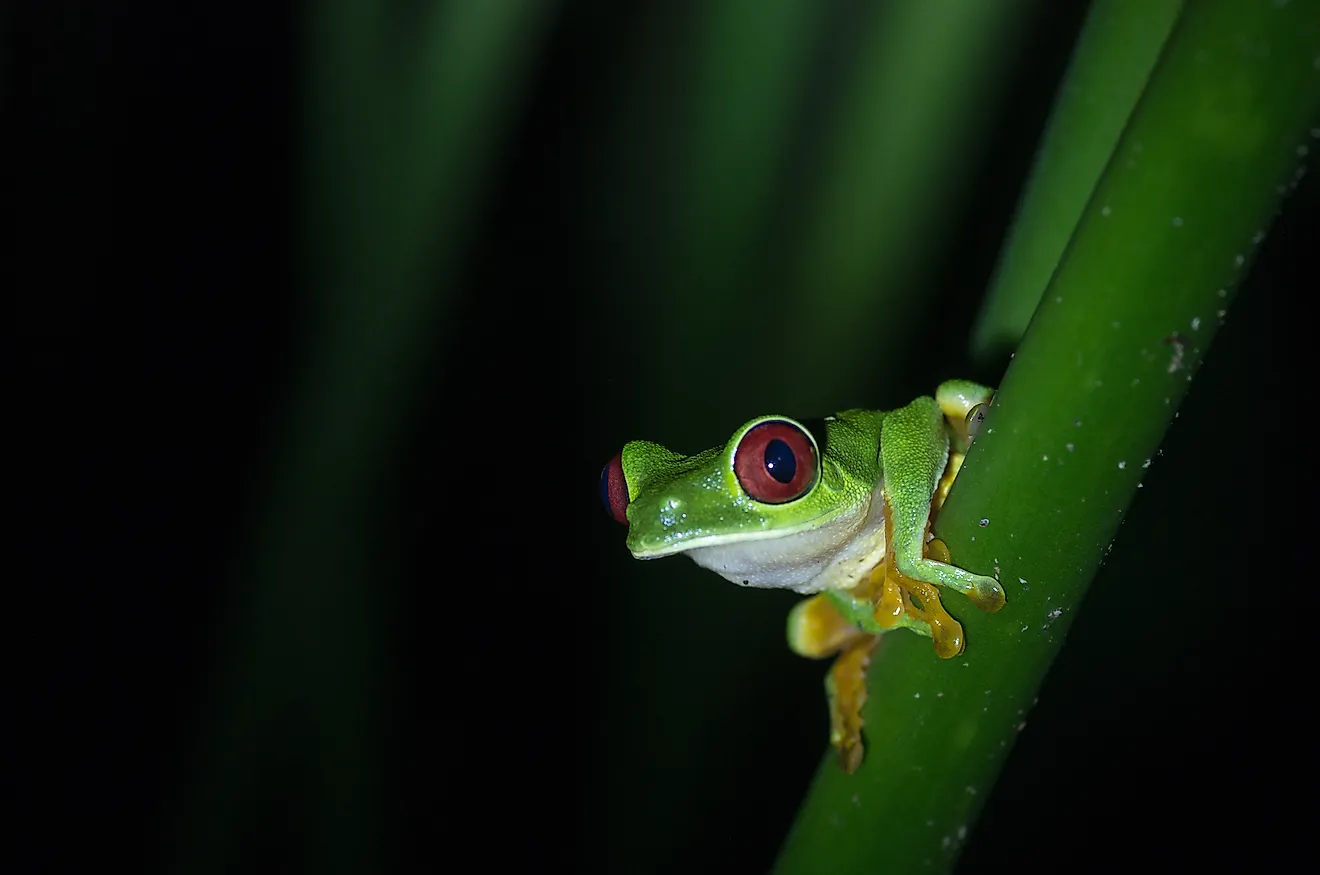
If you have ever stayed the night close to a pond that was home to a pesky bullfrog, you know just how active these guys can be once the sun sets. Frogs can make a lot of noise and they also have night vision that is so keen, they are able to see colors even when we would perceive the scene to be comprised of complete and total darkness.
How do they do it? Frogs are able to see so well at night due to a special type of cell that is present in their retinas.
2. Cats
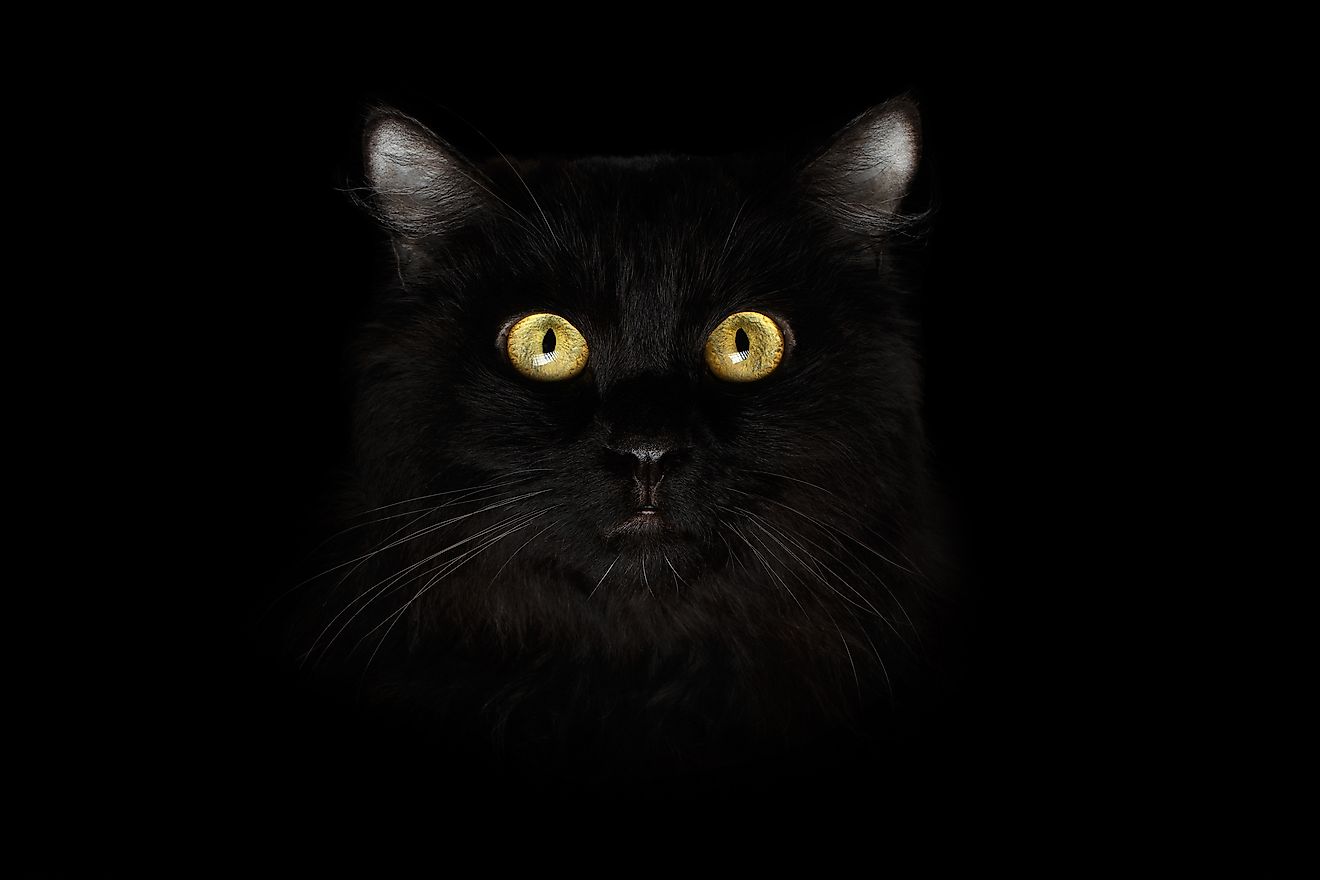
If you are a cat owner you know first hand that friendly (and unfriendly) felines are proud night prowlers. You might hear the doors creak in your house, or the cups falling off the kitchen counter as little Missy jumps up to take a drink of your leftover tea while you are trying to get some sleep. Cats do this because they are “looking for prey” at night in your home, even if none is there. In order to do this in the dark, cats have more rods and cones than we do and as such, they are said to be able to see in about one-sixth of the light we need to see the world clearly.
1. Deer
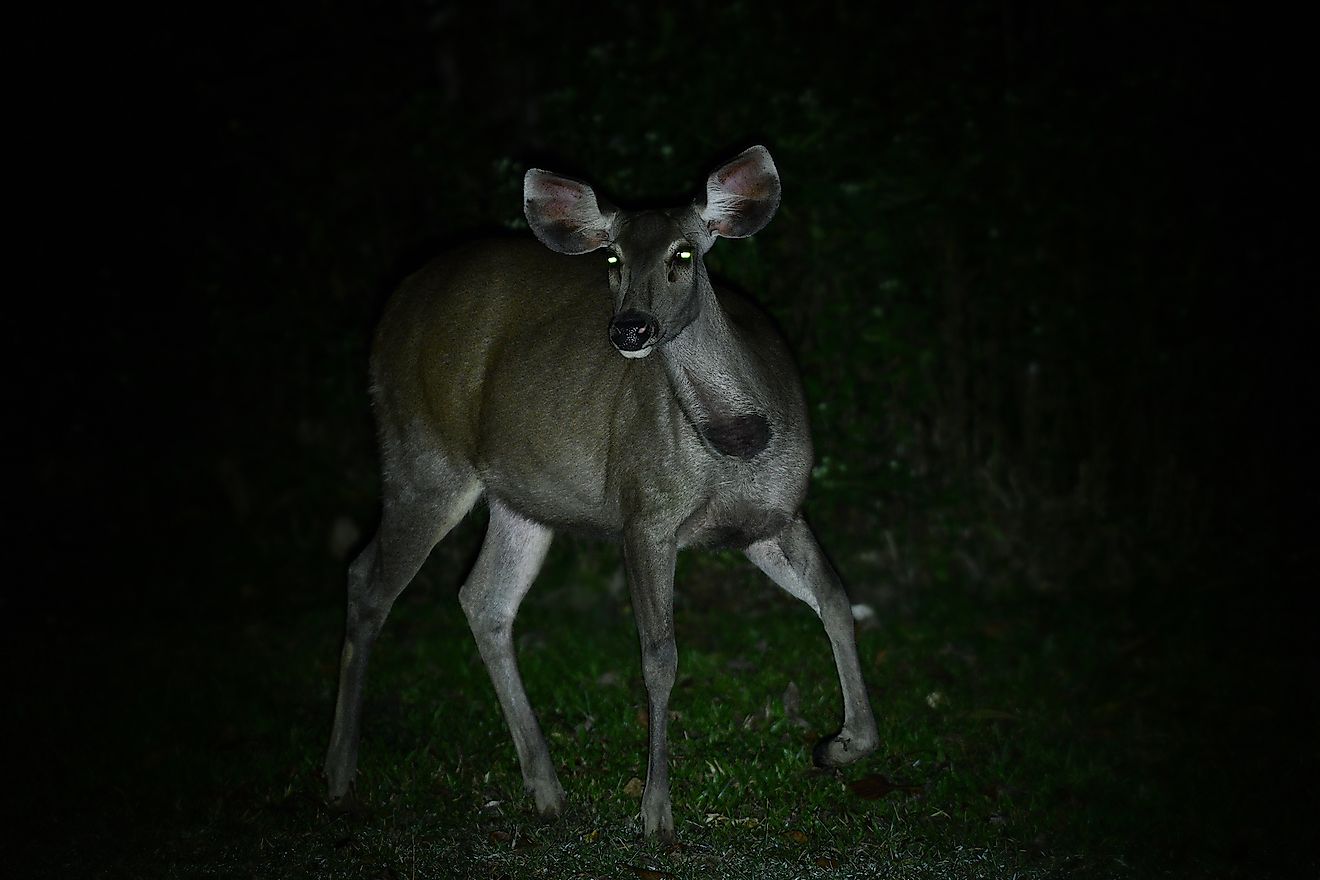
Have you ever caught a deer in your headlights? If you have, hopefully all turned out alright for both you and the deer. Like others on this list, deer also have that reflective layer at the back of their eyes that makes them glow like a demon when light is shone in their face in the dark. This gives them night time super powers, when it comes to seeing. This is advantageous for deer who like to prowl at dusk and dawn in search of the best foliage to munch on.
Deer are called crepuscular animals. This means that they generally sleep during the day, and search for their food when the sun is about to set, and into the night. This can keep them safer from their predators. Deer move to and from their feeding areas at dusk and dawn, which is why you have a better chance of seeing them just before the sun sets than you do midday.











